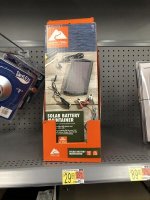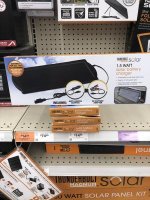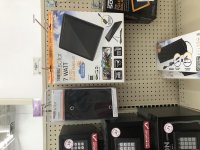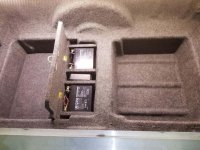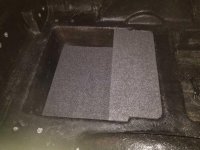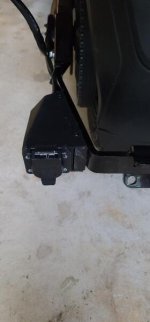I am wanting to charge a RV battery in my Timeout Slipstream camper which I pull with my 2016 RTL. I have run positive & negative wires from the cranking battery to the rear of the bike with a fuse at the battery.
At the trailer connection I have a simple 4 pin plug for the trailer lights, with a separate 2 pin battery tender type plug for the battery charging connection. This way I can disconnect the trailer charging circuit when stopped for the night to keep from drawing power from the cranking battery in the bike.
In the trailer I have mounted a 100 AH deep cycle gel cell battery. The plan is to connect the charging wires to the battery to keep it charged when traveling. The purpose of the trailer battery is to charge small electronics, i.e. tablet, laptop, camera batteries, etc.
My question or concern is: will this overload the alternator on the Spyder? :yikes: And if so, is there a way to accomplish this? :dontknow: I have the same type of setup on my trucks with batteries on different trailers that power small winches and hose reels, and this works great for that. :yes:
Right now, I have a reading of 12.8 volts at the plug at the back of the bike when stopped. When the bike is running it jumps up to 14.5 volts, which is consistent with my truck readings. I also plan on plugging a battery charger to the trailer plug when stopped and shore power is available.
Have any of you attempted this, and if so what do I need to look out for?
T.I.A.
At the trailer connection I have a simple 4 pin plug for the trailer lights, with a separate 2 pin battery tender type plug for the battery charging connection. This way I can disconnect the trailer charging circuit when stopped for the night to keep from drawing power from the cranking battery in the bike.
In the trailer I have mounted a 100 AH deep cycle gel cell battery. The plan is to connect the charging wires to the battery to keep it charged when traveling. The purpose of the trailer battery is to charge small electronics, i.e. tablet, laptop, camera batteries, etc.
My question or concern is: will this overload the alternator on the Spyder? :yikes: And if so, is there a way to accomplish this? :dontknow: I have the same type of setup on my trucks with batteries on different trailers that power small winches and hose reels, and this works great for that. :yes:
Right now, I have a reading of 12.8 volts at the plug at the back of the bike when stopped. When the bike is running it jumps up to 14.5 volts, which is consistent with my truck readings. I also plan on plugging a battery charger to the trailer plug when stopped and shore power is available.
Have any of you attempted this, and if so what do I need to look out for?
T.I.A.
Last edited by a moderator:

